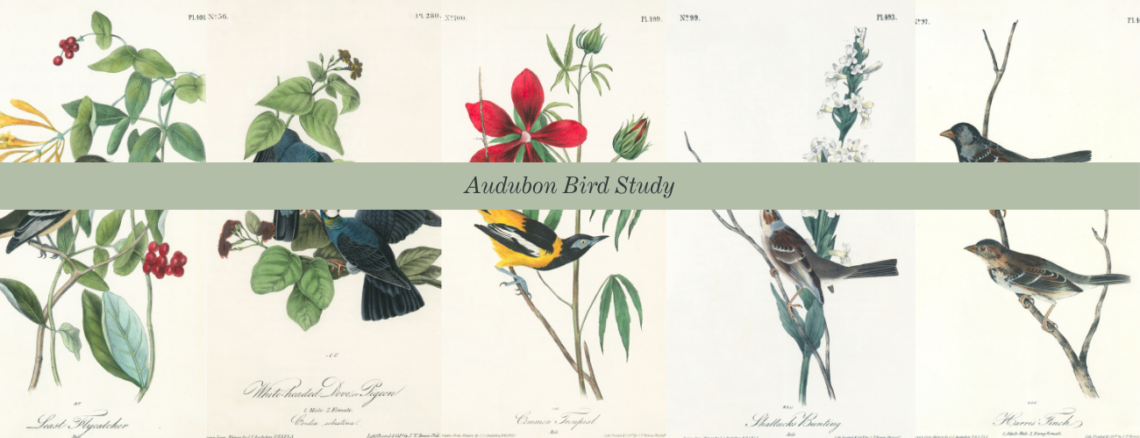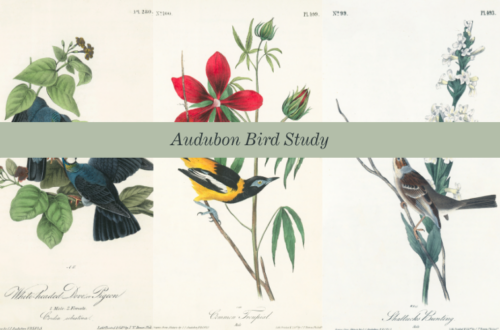Read this short biography about John James Audubon on nga.gov. Read this aloud (pre-read first as some aspects of Audubon’s life were rough), or if attention spans are short, simply read this beforehand so that the general information about Audubon is fresh in your mind.
John James Audubon was an ornithologist, naturalist, and artist that made it his life’s work to document and illustrate every species of bird in America. While he did not successfully document every species of bird, he did illustrate 435 species of birds in his famous book, Birds of America. These illustrations were life-sized paintings of birds in natural poses.
Spend some time exploring some of Audubon’s paintings from Birds of America (read “What are Audubon plates?” here). You can view them all here or your local library may have a reproduction to check out. Think about some of the biggest birds we might encounter, such as the American Flamingo (plate 431) or the Blue Heron (plate 307), and observe how Audubon painted these large birds. How does that compare to some of the smaller birds he painted? The American robin is an easily recognizable, familiar bird to use as a comparison (plate 131).
This year in nature study, just like John James Audubon, we will be creating our own version of Birds of America. Using a nature journal specifically dedicated to documenting birds and for things related to the study of birds (we’ll call this our bird journal), we will record the birds we observe in our area.
Each week in our lesson you will find a bird journal prompt. Use these to guide your study or just simply document whatever you’d like to document related to our study.
Bird journal prompt: Flip through your copy of Backyard Birds: Peterson’s Field Guides for Young Naturalists. Choose a bird that you have seen before in your own backyard. If you have time, spend ten minutes outside looking around for birds in your yard. Find that bird in your field guide. Illustrate the bird you found or chose and write the name below your illustration. If you need some help, start with an American Robin or a Crow since they are easy to identify.


